
Discover Australia’s Aboriginal Cultural Experiences
Published on June 30, 2025
Discover Australia’s Aboriginal Cultural Experiences by AAT Kings A visit to the Northern Territory wouldn’t be complete without discovering the incredible First Nations heritage that thrives throughout the region. The Red Centre and Top End are home to numerous Aboriginal cultures, each with their own distinct traditions and stories to share. There are countless ways […]
Keep reading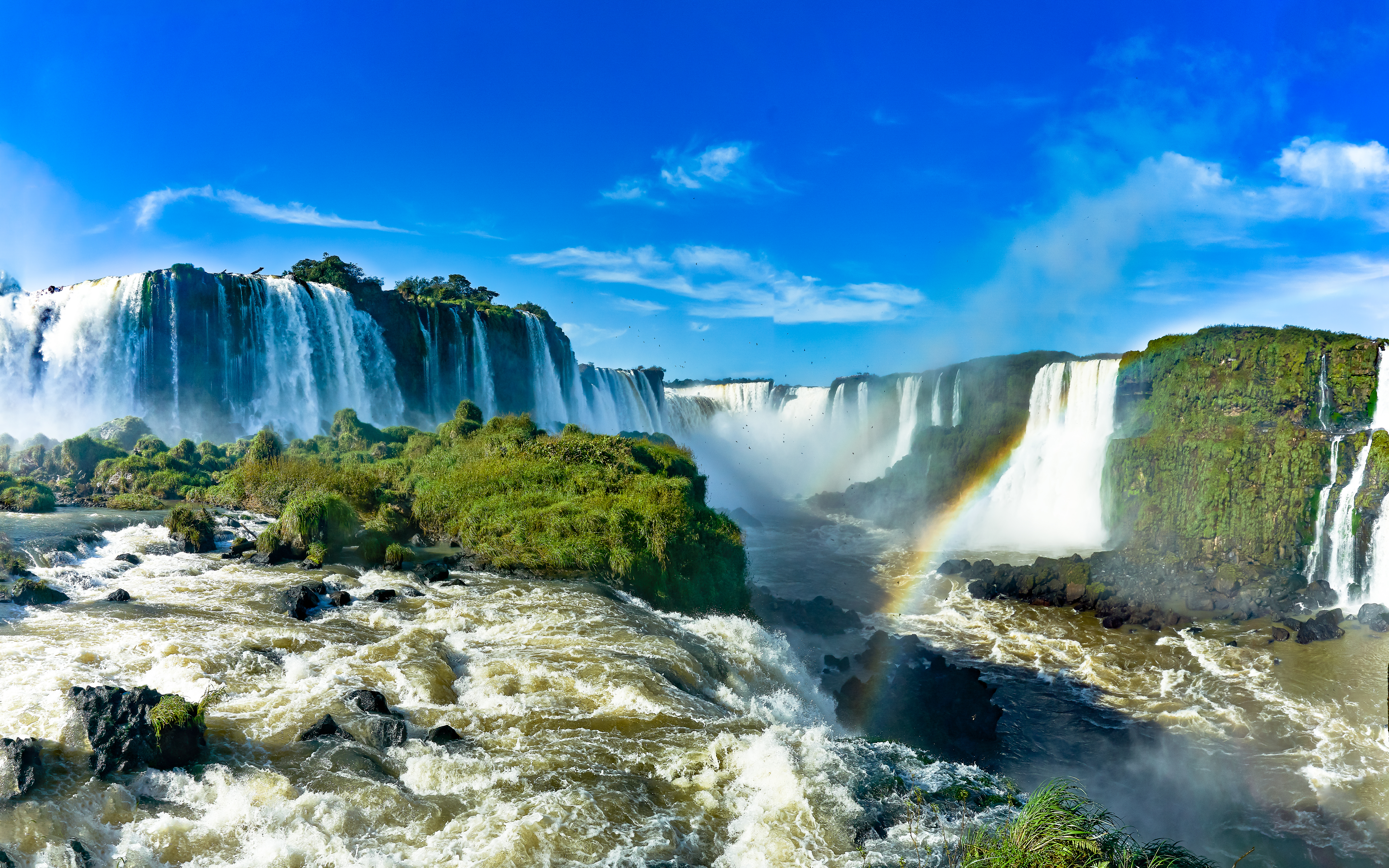
Brazil: A beacon of sustainable tourism for the future
Published on June 12, 2025
Brazil: A beacon of sustainable tourism for the future By VisitBrasil Brazil, with its vibrant landscapes and rich cultural tapestry, stands at the forefront of sustainable tourism. As sustainability evolves from not just a value but a necessity in travel, Brazil offers a compelling case study in how tourism can be both enriching and environmentally […]
Keep reading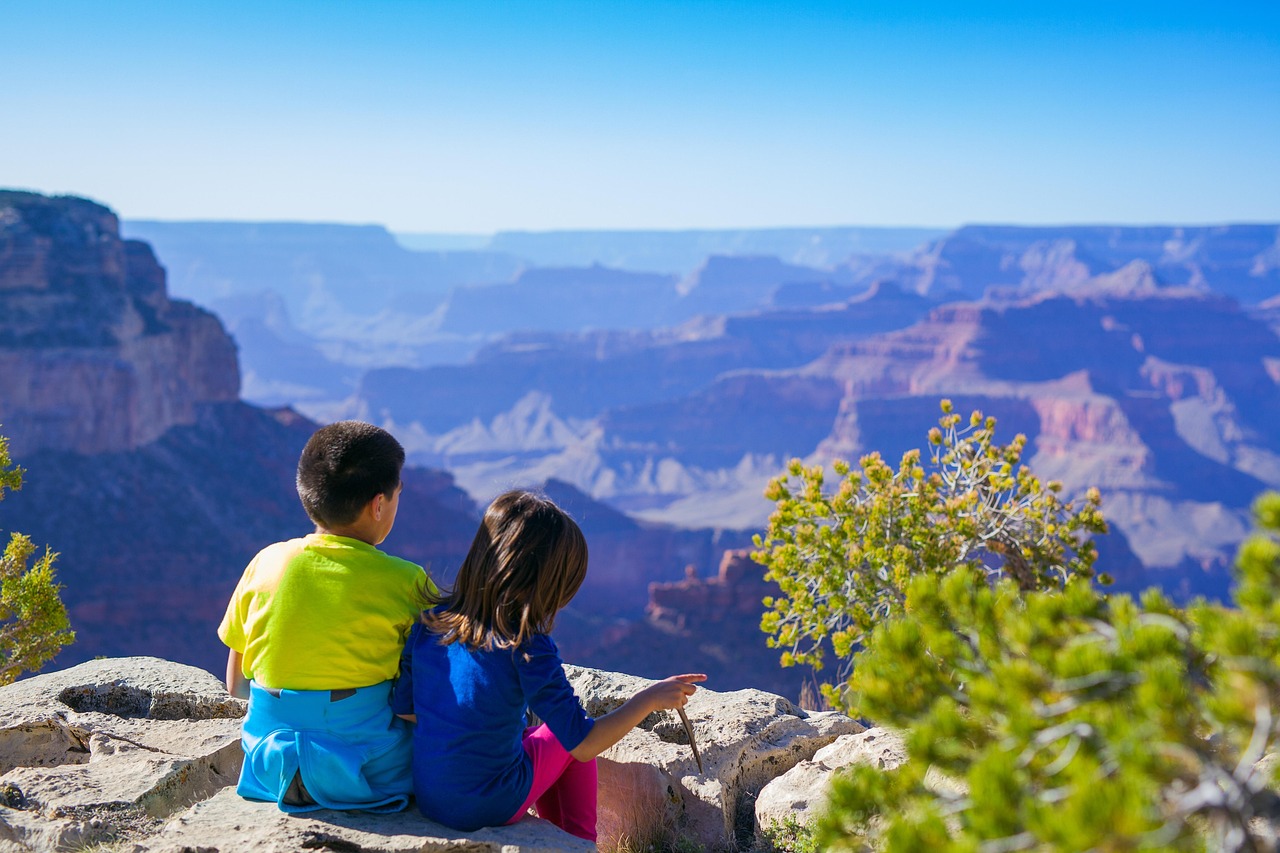
Queer Family Travel
Published on June 3, 2025
Queer Family Travel By Richard Krieger, Director of Out World Journeys There’s something uniquely special about family travel—the shared excitement of stepping off a plane in a new place, the laughter over an unfamiliar meal, and the joy of discovering the world together, and for queer families, travel is becoming more inclusive and accessible. Travel […]
Keep reading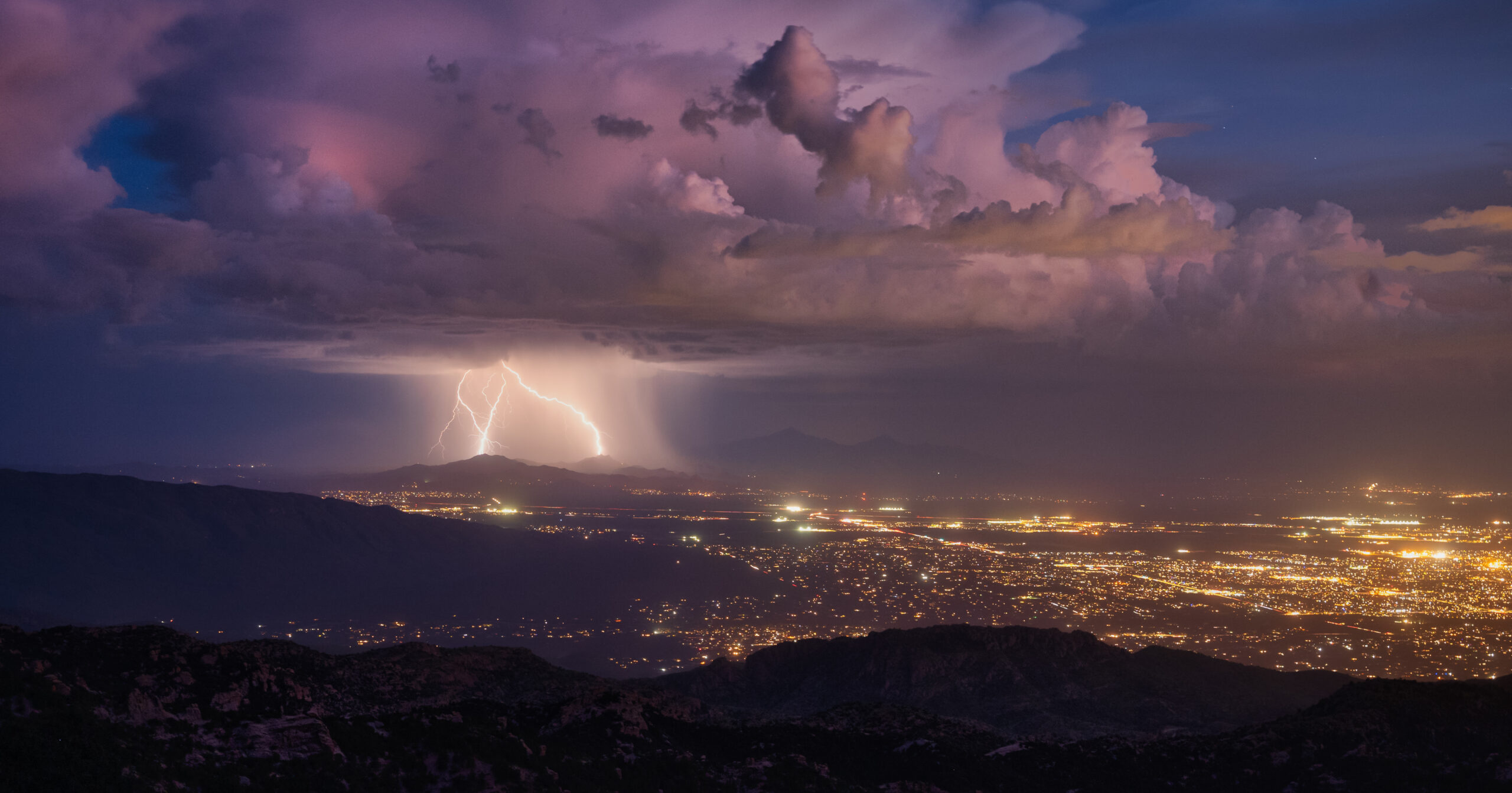
Extreme Weather & Travel: How to Plan for the Unexpected
Published on May 27, 2025
Extreme Weather & Travel: How to Plan for the Unexpected By Deanna Caffrey As climate change accelerates, extreme weather events are becoming more frequent, more intense, and more disruptive to travel. From wildfires that close national parks to hurricanes that cancel flights and winter storms that strand travelers for days, these events can derail even […]
Keep reading
STRANDED & ABANDONED: How to Find Your Bearings on the Road When Everything Goes South
Published on May 14, 2025
STRANDED & ABANDONED: How to Find Your Bearings on the Road When Everything Goes South By Ryan Greenwood, Pleasant Holidays Imagine you’re stranded. Now, consider you’re just lost. The difference between being lost or stranded is the duration for which you’re unaccounted for by the group and your continuing prospects for catching another ride. If […]
Keep reading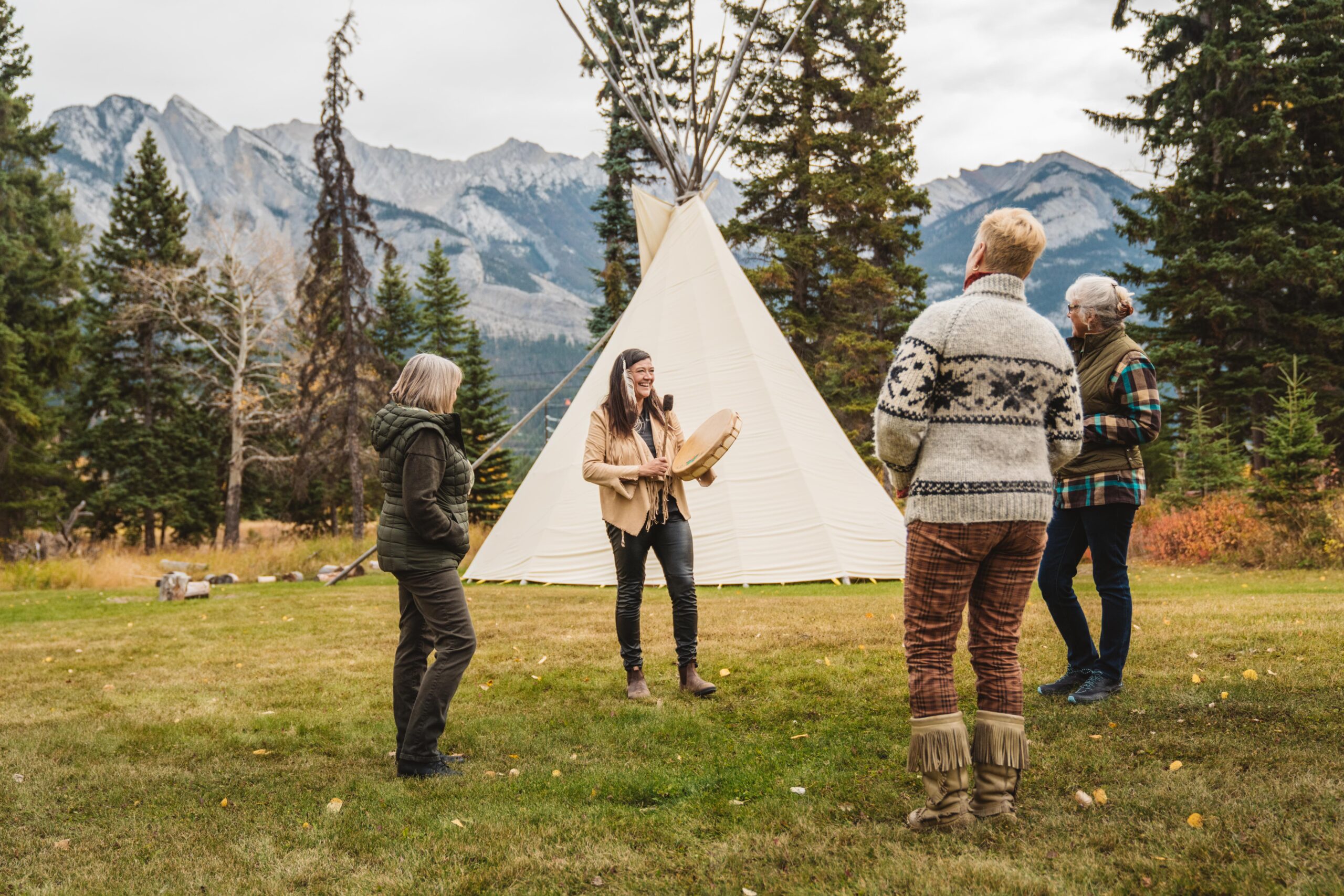
Surrounded by Knowledge: Transforming client experience with authentic cultural connection
Published on April 21, 2025
Surrounded by Knowledge: Transforming client experience with authentic cultural connection By Melissa DaSilva Deputy Chief Executive Officer of TTC Tour Brands (Trafalgar, Insight Vacations, Brendan Vacations, Costsaver, Contiki, and Luxury Gold ) It’s undeniable: Modern travel has evolved beyond simply checking off bucket list items. Yes, travelers are hoping to visit their dream destinations and must-see […]
Keep reading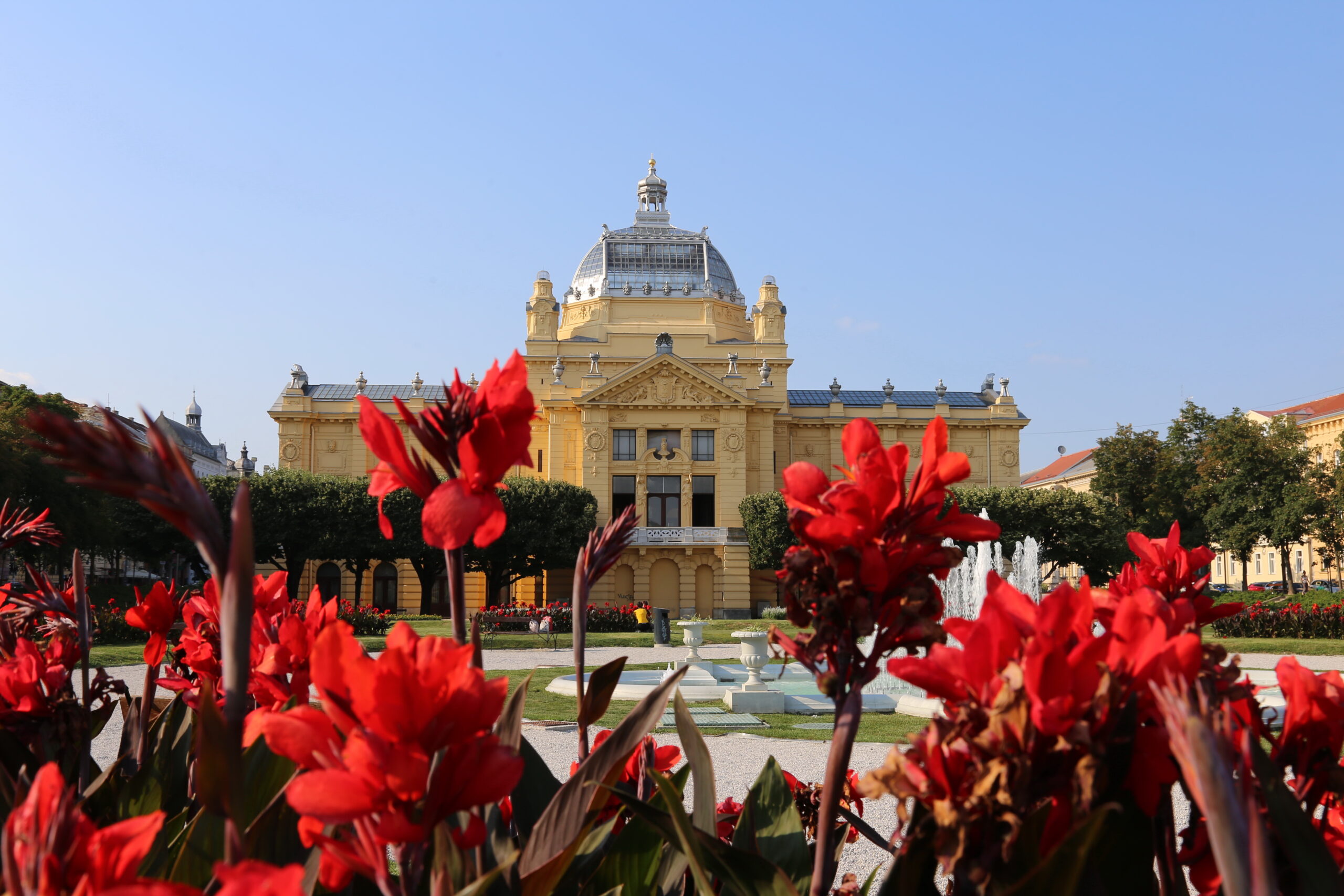
The Weird and Wonderful World of Zagreb’s Quirkiest Museums
Published on April 7, 2025
The Weird and Wonderful World of Zagreb’s Quirkiest Museums By: Zagreb Tourist Board If you wish to understand how a nation breathes and the reasons behind its actions, take a look inside its past. Zagreb holds all the important memories from Croatia’s past close to its heart. Here you can learn about the nation’s art, […]
Keep reading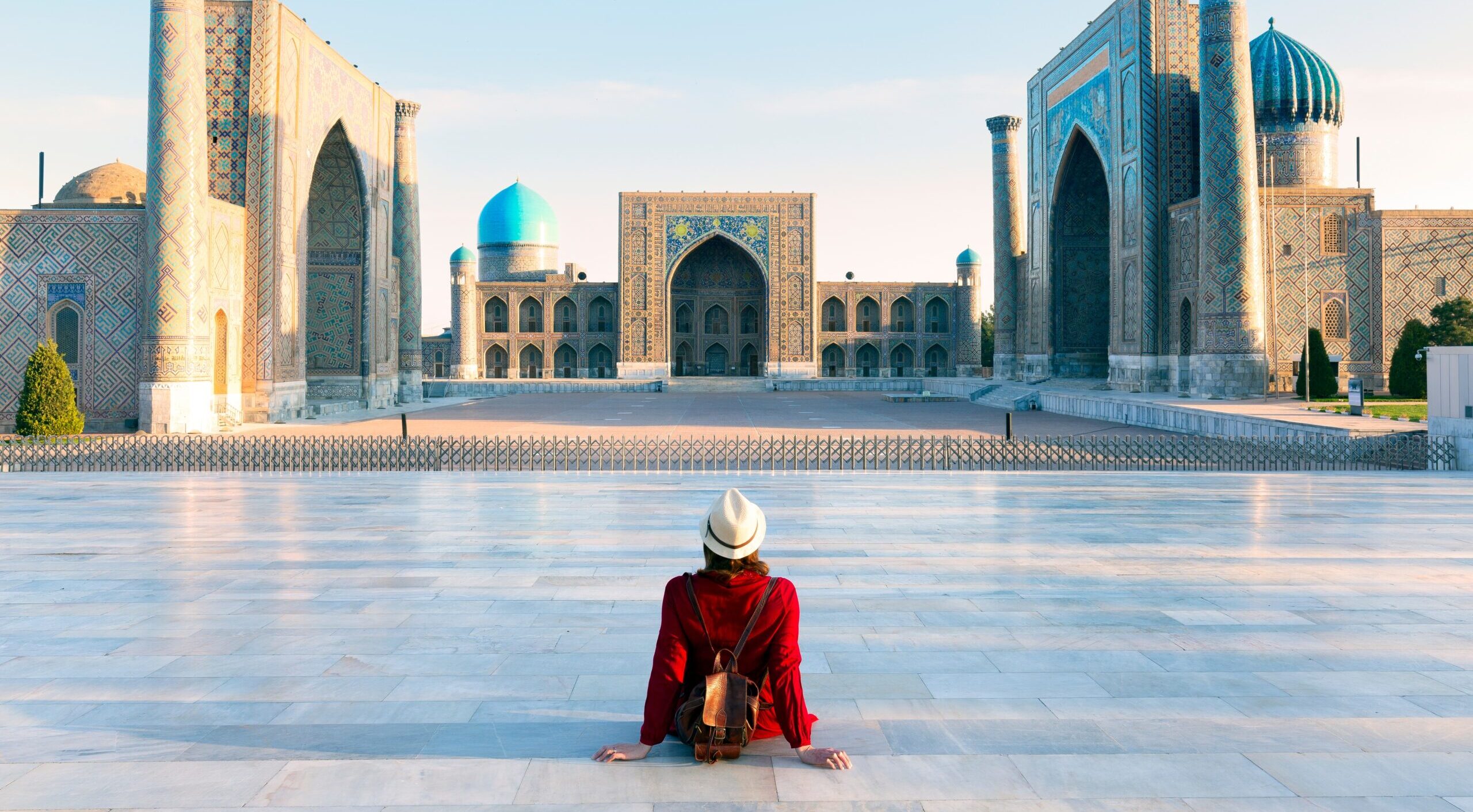
5 Reasons Solo Travelers Love Group Adventures
Published on March 27, 2025
5 Reasons Solo Travelers Love Group Adventures Mandy Liebig, Exodus Adventure Travels In the delicate balance between solitude and connection lies a beautiful paradox: sometimes the richest solo journeys unfold within the embrace of a thoughtfully curated small group. Beyond the logistics of shared transportation and expertly planned routes, these intimate adventures offer solo travelers […]
Keep reading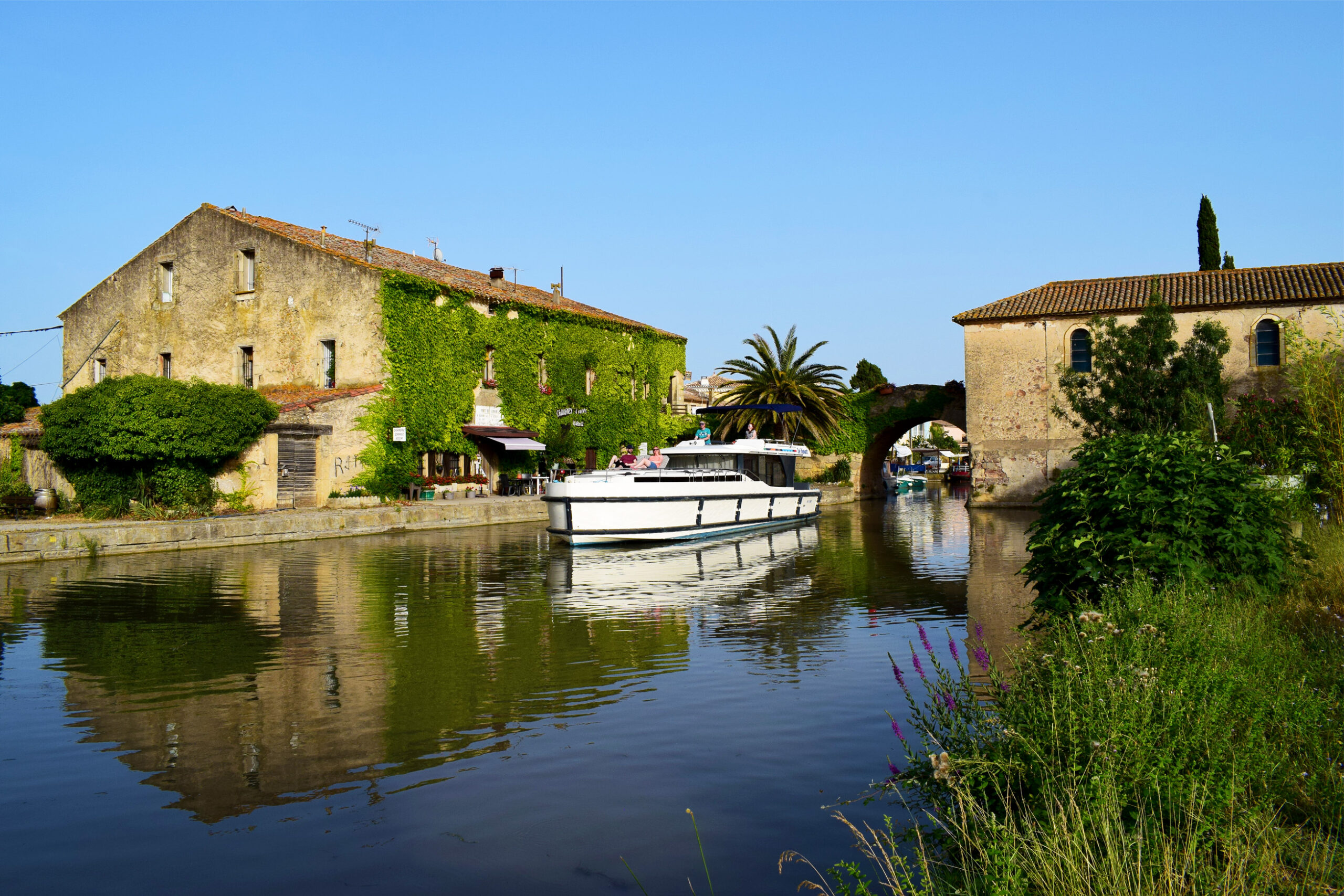
Cruising the Canal du Midi: A Journey Through France’s Vineyards and Villages
Published on March 14, 2025
Cruising the Canal du Midi: A Journey Through France’s Vineyards and Villages By Roberta Saban Ready to elevate your travel game in 2025? Picture this: a luxurious houseboat, drifting through serene waters, surrounded by stunning landscapes, historical locks and the freedom to explore at your own pace. Whether you’re waking up to the gentle lapping […]
Keep reading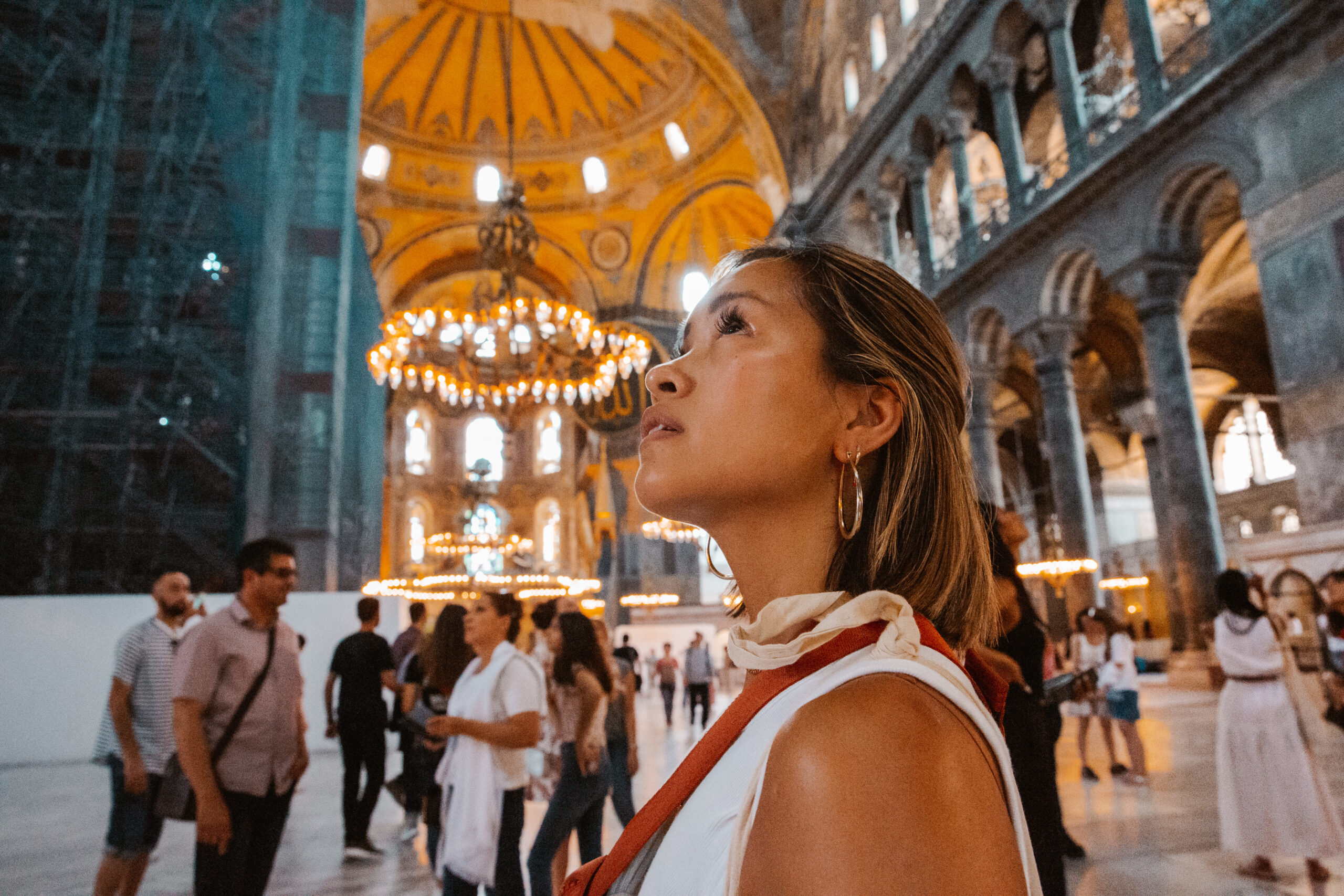
Solo Women’s Travel is Exploding—And We’re Running to Keep Up
Published on March 5, 2025
Solo Women’s Travel is Exploding—And We’re Running to Keep Up Leigh Barnes, Intrepid Travel’s President of Americas From backcountry hiking in America to off-the-beaten-path adventures in Morocco, women-led, women-for-women trips are taking off. Intrepid Travel, a world leader in responsible travel and small group adventure tours, plans to not just double down on the solo […]
Keep reading
